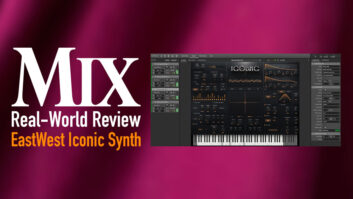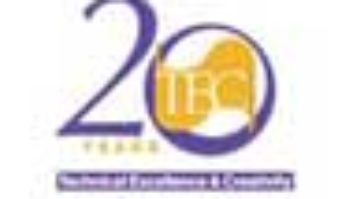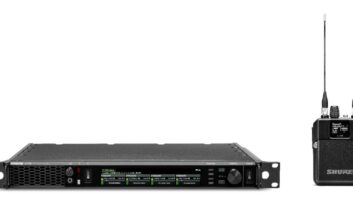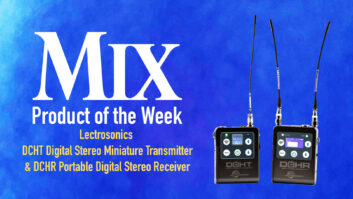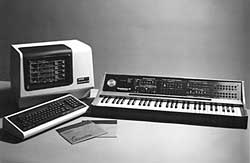
From a technology standpoint, the 1978 launch of New England Digital’s Synclavier—the first commercially available, real-time digital synthesis instrument—was a monumental achievement. But the story of the Synclavier began years before when a group of engineering students (Sydney Alonzo, Cameron Jones and Judd Burnham) in the Digital Hardware Lab at Dartmouth College created a small digital synthesizer to give computer-aided instruction in music with some composition language software and ear-training exercises. Based on the response to their simple prototype, the group applied for a grant to create a larger, multi-user system, and was able to license FM synthesis from Yamaha. In 1976, the students formed New England Digital and got a contract from the Norlin Corp. (which had just purchased Moog Music) to create some marketing prototypes.
Early in 1977, Norlin dropped the funding, NED got its technology back and with the availability of new 5.25-inch floppy disks, the group decided to create a portable musical instrument known as the Synclavier. The early units were fairly crude, but with the later debut of the Synclavier II, which offered polyphonic sampling and powerful synthesis capability (still favored by many top sound designers worldwide), NED was on the way.
Over the years, the Synclavier would develop from a musical instrument to an all-encompassing digital production environment, breaking new ground by combining keyboard sampling and synthesis with its Tapeless Studio™ and Direct-to-Disk™ recording technologies. In 1992, NED ran into financial difficulties and folded, abandoning hundreds of purchasers of these $100,000-plus systems, but a group of loyal owners formed a user’s group to provide support and software updates. That spirit continues today at www.synclavier.com.
